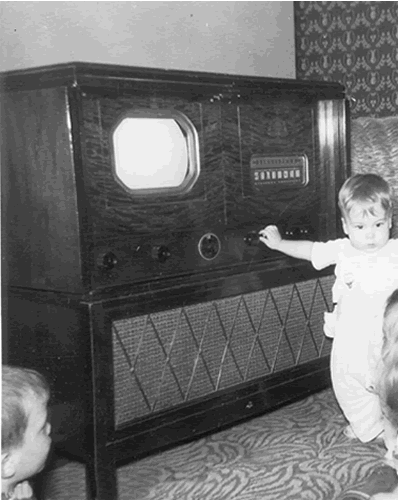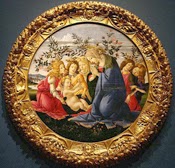The Representation of 'Britishness'
Learning Objectives: Distinguish elements of representation of Britain.
Key Words: Collective identity, David Gauntlett, unified, identity.
When considering the concept of representation in Media Studies whether it be places, people or events, you need to be able to identify the following:
- The role of selection, construction and anchorage in creating representations
- How the media uses those representations
- The points of view, messages and values underlying those representations
Representation is a process for constructing identity and can lead to a collective identity.
The concept of a collective identity refers to a set of individuals' sense of belonging to the group or collective.
For the individual, the identity derived from the collective shapes a part of his or her personal identity.
It is possible, at times, that this sense of belonging to a particular group will be so strong that it will trump other aspects of the person's personal identity.
To put it another way, Collective Identity is the idea that through participating in social activities, individuals can gain a sense of belonging and in essence an "identity" that transcends the individual.
One can derive great satisfaction and sometimes great risks from participating.
Within a typical collective, agreement is often valued over debate.
Quotes to consider if Representation is your concept:
“Identity is complicated- everybody thinks they’ve got one”- David Gauntlett
“ A focus on Identity requires us to pay closer attention to the ways in which media and technologies are used in everyday life and their consequences for social groups” -David Buckingham
______________________________________________________________________
Task 1: In your orange books create a spider gram of all things British.
Here is a list of some of the things you may have thought about:
British people live in the past and are proud of Britain's history
They don't care what others think about them
Are patriotic
Don't speak foreign languages
Aren't sure about geography, even their own. (What does Great mean in Great Britain?)
Are polite and reluctant to complain, in restaurants for example
Fascinated by scandal and gossip
Have mixed feelings about fellow Europeans
Weather, tea and national sport are important
It is often suggested that Britishness is ultimately about shared values of tolerance, respect and fair play, a belief in freedom and democracy.
Britain has a population with a diverse heritage.
However, the concept of Britishness is much more complicated than the stereotypes you may have identified.
• demonstrate an understanding of the concept of representation and its importance in analysing and understanding media texts.
• develop a response beyond a description of simple representations
• be aware of the more complex issues underpinning a discussion of representation
for example the issues surrounding stereotypes, construction, mediation and ideology.
The media texts you have been researching should be discussed with consideration given to the various audiences involved.
Task 2: Discuss the way individuals receive and interpret the texts below, how does their individual circumstances (gender, class, age, ethnicity) affected their reading?
Consider Stuart Hall's encoding/decoding model, the relationship between text and audience.
The text is encoded by the producer, and decoded by the reader, and there may be major differences between two different readings of the same code.
e.g. gender affects the reading as boys may laugh at violence in a film but girls find it upsetting.
• Preferred/dominant • Negotiated • Oppositional
For example; gender can impact on the reading: Boys often laugh at violence in a film but girls may find it disturbing.
To suggest a unified British identity in many ways can be seen as unrealistic.
Britain is an adverse country and this is reflected by media representations; it is impossible to talk about national identity without referencing the various British regional identities, British texts explore a wide range of identities, classes and attitudes.
Task 3:
Watch the following clip about the North / South divide in the UK
Task 4:
How do social and economic factors and lifestyle choices contribute to the representation of British Northerners and British Southerners in the following clips?





























